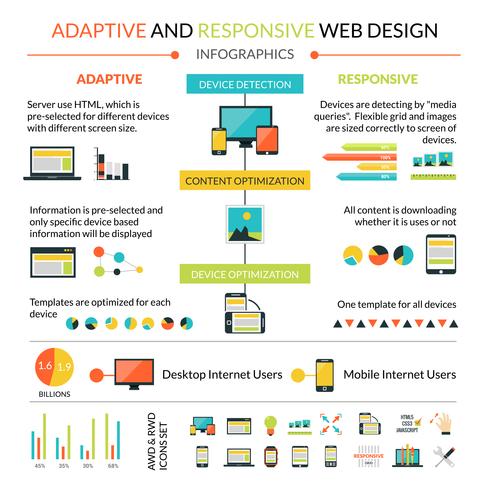Recognizing The Fundamentals Of Receptive Web Design
Recognizing The Fundamentals Of Receptive Web Design
Blog Article
Web Content Writer-Neville Gylling
If you want your internet site to work well on all gadgets, learn the basics of receptive website design. Ensure your site looks good on any display size. Keep web content designer delighted and involved. Increase your site's exposure on internet search engine. Google prefers mobile-friendly websites. Use fluid grids, versatile pictures, and media inquiries. See to it your material is accessible on all gadgets. Check business profile google maps on various displays for the very best individual experience. Mastering these concepts is crucial for efficient receptive layout. Learn even more about enhancing your web site's usability with receptive layout strategies.
Importance of Responsive Web Design
Understanding the value of responsive web design is important in today's electronic landscape. Your website needs to be easily accessible and user-friendly throughout different devices, including desktop computers, laptop computers, tablet computers, and smart devices. With the enhancing use of mobile phones for internet browsing, having a receptive design is no more just a nice-to-have attribute however a need.
When your site is responsive, it adjusts flawlessly to different display dimensions and resolutions, providing an ideal watching experience for your visitors. This adaptability makes sure that your web content stays legible, images are properly shown, and navigation is user-friendly no matter the device being used. By accommodating the needs of mobile customers, you can enhance user complete satisfaction, boost interaction, and eventually drive conversions.
In today's affordable on-line atmosphere, having a receptive site can also favorably affect your internet search engine positions. Search engines like Google prioritize mobile-friendly sites, so by embracing responsive style, you not only enhance the customer experience however likewise increase your exposure and reach online.
Key Principles of Responsive Style
To successfully execute receptive layout on your internet site, focus on grasping the essential principles that govern its adaptability throughout various gadgets. One essential concept is fluid grids, which includes using relative systems like percents rather than fixed devices like pixels for format design. This allows elements to resize proportionally based on the screen size.
Another essential principle is flexible pictures and media, where photos and videos are sized in a manner that adjusts to the container they remain in, guaranteeing they preserve their proportions on various tools.
Furthermore, media queries play a vital duty in responsive layout by allowing you to apply different designs based on the device's characteristics, such as display size. It's important to prioritize content and performance to guarantee that customers can access the most critical information despite the tool they're using.
Implementing Responsive Layout Techniques
Begin by incorporating responsive layout strategies into your web site to enhance its performance across different gadgets. One effective strategy is making use of fluid grids that permit aspects to resize proportionally based on display dimension. This guarantees a constant layout and customer experience.
One more important technique is utilizing adaptable images that can adjust to various display dimensions without losing quality or breaking the layout. By setting see this site -width: 100% in CSS, pictures will scale properly.
In addition, utilize media inquiries to use different designs based upon the tool's attributes, such as screen size or positioning. This helps tailor the design for details devices or display dimensions.
Applying a mobile-first strategy, where you prioritize developing for smart phones before desktops, can additionally enhance responsiveness.
Examining your web site on various gadgets and screen dimensions is essential to guarantee that the layout reacts well across the board. By incorporating these responsive layout techniques, you can develop a website that delivers an ideal user experience despite the tool being utilized.
Conclusion
Since you recognize the essentials of responsive web design, you can ensure your web site looks wonderful on any kind of tool. Bear in mind, responsive style resembles a chameleon, adjusting seamlessly to its surroundings.
By focusing on key concepts and carrying out strategies, you can produce a straightforward and visually attractive site that engages your target market effectively.
Keep practicing and improving your skills to remain ahead in the ever-evolving world of web design.
